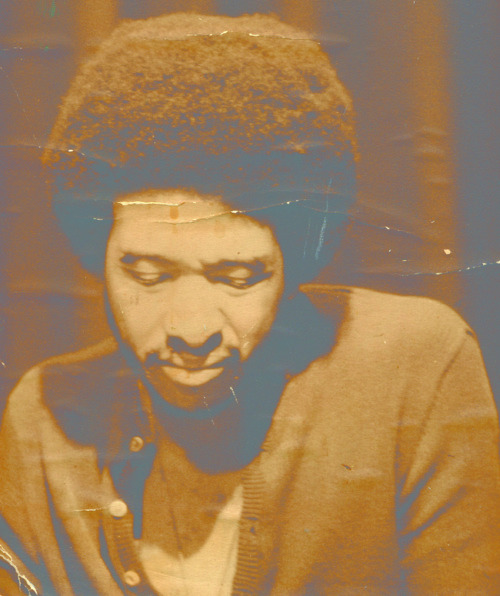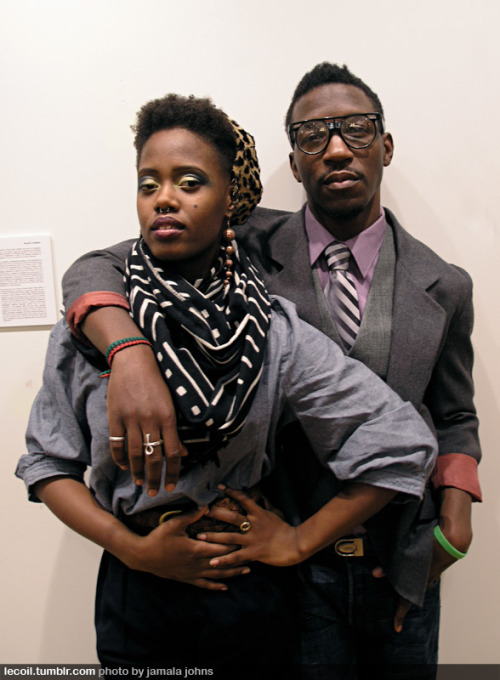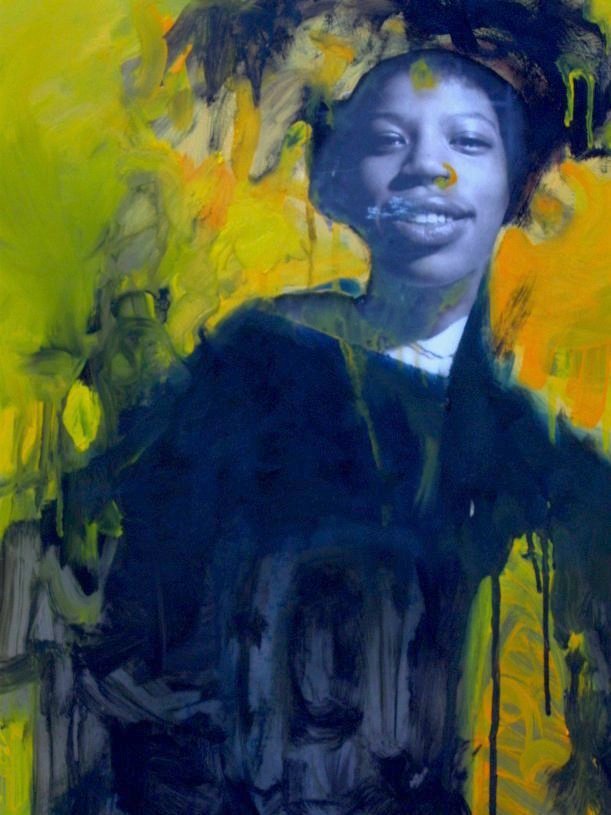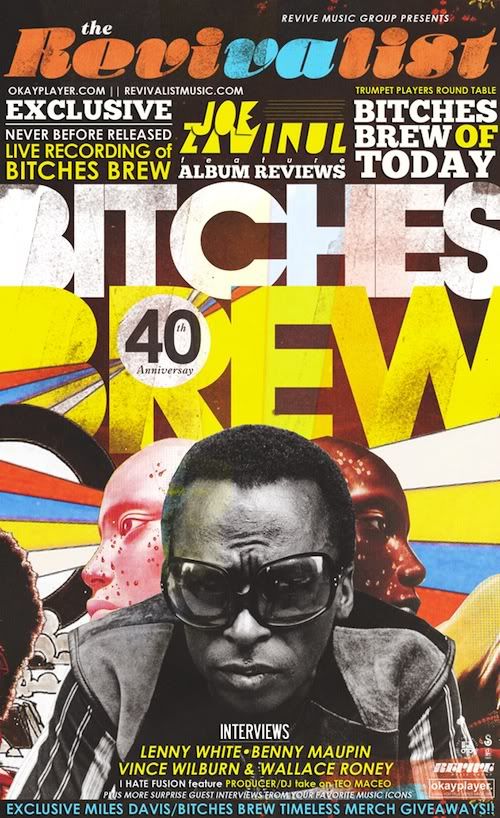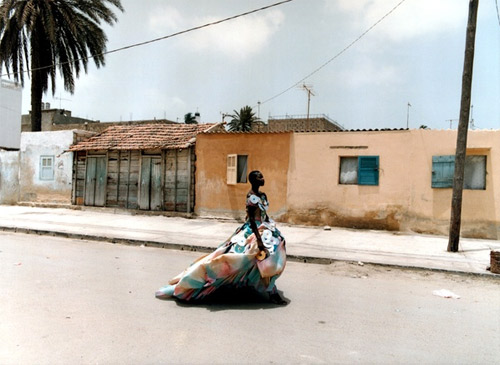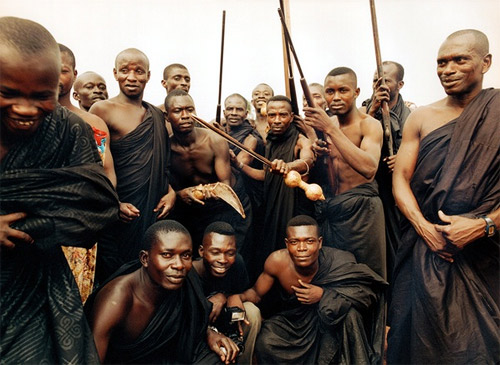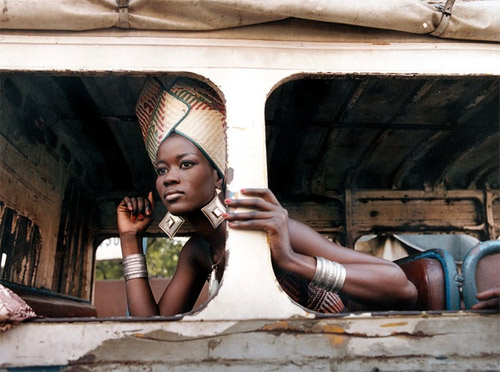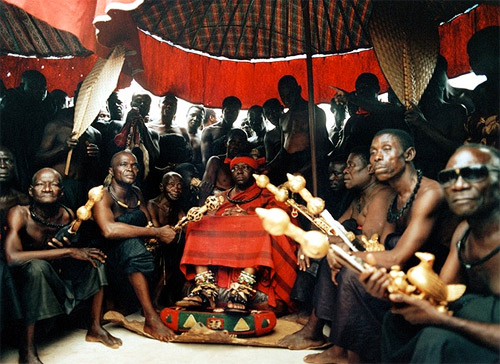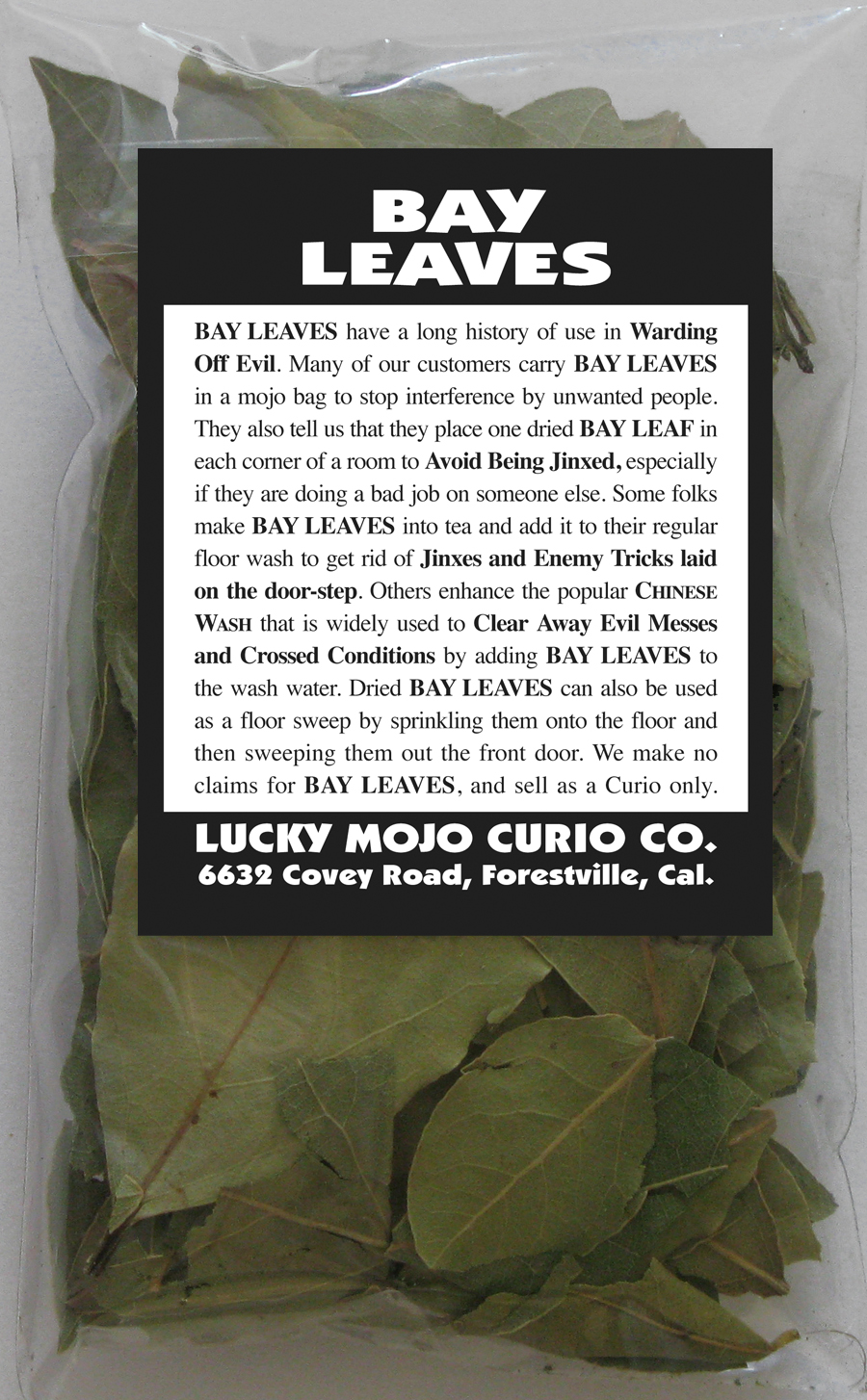Reprinted from Wax Poetics Issue 3, Fall 2002:
“Man, patience is a virtue!” Harry Whitaker is reflecting on the long-awaited release of his first album as a leader, recorded when he was thirty-four years old. Now a well-seasoned fifty-nine (“I’m older, not more mature,” he clarifies), he is savoring the fruits of a philosophy that guided him throughout a rich career spent supporting a galaxy of headliners. An archetypal behind-the-scenes accompanist and arranger best known through his association with Roberta Flack, he was a cornerstone of Roy Ayers’s landmark ensemble Ubiquity. When looking beyond the marquee and delving into key players in R&B, jazz, and that area where they intersect, his name quickly becomes, well, ubiquitous. A piano player who was in the thick of the New York City independent jazz milieu of the ’70s, yet concurrently contributed to countless commercial and “pop” sessions, his arrangements are instantly recognizable (“We Live in Brooklyn,” “Feel Like Makin’ Love”) but his name remains obscure to most. With the rerelease of his only album as a leader, a soul-jazz gem of heart-palpitating rarity, this may soon change. I spoke to Whitaker at a recent gig and found his tastefulness and gift for hip understatement in clear evidence in both his piano playing and personality.
Born in Pensacola, Florida, in 1942, Whitaker was raised in the musically fertile soil of Detroit. His first professional gig was with rhythm-and-blues sensation Lloyd “Mr. Personality” Price. “It was a great band, very hip,” Whitaker recalls, listing members Slide Hampton, Kenny Dorham, Calvin Newborn, and Pat Martino. After graduating from high school he moved to New York City, where he paid his dues working the “chitlin circuit” with a Fort Greene, Brooklyn-based band called the Eddy Jacobs Exchange. Typically, the band played an assortment of Top 40 tunes, and Whitaker cites this experience as his training in writing and arranging. “None of the guys could read [music], so every week I would take whatever song was hot at the time—Joe Tex or Otis Redding, say—and arrange it.” The band, which also included future heavyweight Leon Pendarvis on bass, released a couple 7-inches on Columbia Records with the support of Al Kooper, whom they had opened for. Now one of the most sought-after major label funk 45s, the first single features Whitaker’s composition “Pull My Coat,” a wicked slice of JB’s-inspired hard funk.

“In 1969 or so we were playing at Wilt Chamberlain’s club in Harlem,” Whitaker recalls. “[Drummer] Al Mouzon came in and asked me if I could make a rehearsal with Roy Ayers,” who had recently arrived from California. The band turned out to be the fledgling Ubiquity, and with Whitaker’s presence the group gelled solidly. The first LP Ayers’s new lineup recorded was 1970’s He’s Coming, a bellwether of the era’s impending melding of jazz, soul, and funk. “‘We Live in Brooklyn’ was my song,” Whitaker notes. “I was living in Brooklyn at the time, so I came up with this little thing, very simple really, and Roy wanted to record it.” With a bemused grin, he adds, “A lot of people remember that one.” Unfortunately but not unexpectedly, some of those who remembered the song forgot to credit its creator, and it is here that we come to the familiar refrain of uncleared samples, record company subterfuge, and so on. Sampled prominently in Mos Def’s 1999 Rawkus LP Black on Both Sides, the label did not clear the usage. “With Warner Brothers [taking over Rawkus] I am just now getting something from it. I got a lot of catching up to do!” Whitaker is far from a bitter old-timer however, more a playful spirit delighted at seeing how the ripples of his music have spread.
“Roy and I did the score for the Coffy movie with Pam Grier. It was 1972, the company was trying to get the group War to do it but they wanted more money so we got the job. In 1997 Quentin Tarantino ended up using one of our arrangements [from Coffy] in Jackie Brown. I knew nothing about it until I went to the movies, heard it, and was like, ‘Whoa! That’s my song!’” He has since retained the services of a lawyer he describes as “a pirahna.”
Whitaker has a connection to yet another rare-groove treasure. Though later in his career he would become well known as an arranger, his first official gig in that capacity was a 1970 session for his friend Gene McDaniels. Entitled Headless Heroes of the Apocalypse, the much-sampled and sought-after result gained some of its distinctive sound from a clever arrangement Whitaker worked out: “They didn’t have enough money for horns so I used two bass players to do the lines.” The interplay of Miroslav Vitous (acoustic bass) and Gary King (electric bass) on the cut “Headless Heroes” showcases the unexpectedly powerful result. “Jagger the Dagger”’s eerie and immediately distinctive groove, conspicuously sampled by A Tribe Called Quest and the Gravediggaz, is largely derived from Whitaker’s arrangement of electric piano and bass.
Also present at the session was a close friend of McDaniels, a young singer by the name of Roberta Flack. Taken by Whitaker’s skills, she asked him to join her group. “I had just gotten with Roy so I told her that I wasn’t interested at that time,” Whitaker recalls. Four years later, the time was right. Beginning with the blockbuster Feel Like Makin’ Love in 1975, (the title track written by Gene McDaniels and reprised on Ubiquity’s Change Up the Groove LP) Whitaker worked with Flack through 1981 as musical director, playing on hits like “The Closer I Get to You,” “And the Feeling’s Good,” and “Back Together Again.” Though the money and exposure was great, Whitaker wasn’t wholly satisfied, and felt he was losing depth and subtlety in his playing. “I was starting to sound like a jingle. I had to make a decision whether I wanted the money or my creativity. Working with Roberta was taking up all of my time. So I chose to be creative and be poor for a while.”
In spite of his commitments to Flack, Whitaker had always kept bands together, gigging in New York City when he was not on tour. After several years with Flack’s band, “I was making good bread so I booked some time and went in and did my own project,” he remembers. Black Renaissance was recorded on Dr. Martin Luther King Jr.’s birthday, January 15th, 1976, at Sound Ideas Studio on West 46th Street in New York City. The same locale had already given birth to Weldon Irvine’s first solo recordings, Stanley Cowell’s Illusion Suite, and Shamek Farrah’s First Impressions. Whitaker’s project was to live up to these high standards, both in musical terms and ultimately as an elusive rare groove treasure.
“It was never put out over here. I tried to get a deal with it but couldn’t,” Whitaker remembers. “It’s really not a commercial record.” He spoke to a representative of a Japanese label, Baystate. “I didn’t trust them, so I gave them a tape, not the masters.” Baystate ended up issuing the album in 1977, neglecting to notify (or pay) Whitaker, and misprinting the auspicious recording date as June 15th. “It was a handshake agreement with somebody who did not turn out to be trustworthy,” he summarizes. Fortunately for those who have an interest in soul-jazz and haven’t been able to track down this extremely rare pressing, the serendipitously named U.S. label Ubiquity has reissued it, though they did not have the luxury of working from the original tapes: “I had the masters with a friend and the building burnt down about eighteen years ago.” He shakes his head and shrugs. “What Baystate had was a rough mix; I never had the money to finish it and get it mixed properly—but it sounds pretty good!” The currently available pressing was mastered from the Baystate issue, and he’s right, it sounds great.
Catchily described as a free-jazz What’s Going On, the album has some of the same Afrocentric, free-flowing soulfulness, encouraged by the large crowd of friends and family present at the session. Whereas Gaye’s album was carefully orchestrated however, both tunes that comprise Black Renaissance were unrehearsed. “It was spontaneous, moment to moment,” Whitaker states. “The piano vamp ties it together and Buster brings it in with the bass.” Without question, Buster Williams’s rich-toned acoustic figures are prominent, hooky and ripe for the creative samplist. As the pulse of the twenty-three-minute A-side ebbs and flows, the listener is treated to three long solo sections (Azar Lawrence, Woody Shaw, and David Schnitter), each anchored by Buster Williams’s slinky bass and Whitaker and Billy Hart’s solid accompaniment. Especially vivid is Shaw’s solo, which builds from sparse ragged statements to a blistering, almost distorted rampage, and the dubby echoed interplay of the multi-lingual poets and vocalists. “Two of my ex-wives are on there, saying poetry,” Whitaker proclaims straight-faced. Obviously the man must know something about harmony! The cool rhythmic bed remains solid throughout, and the song ends with a coda where everyone gets loose, aptly illustrating Whitaker’s description of the piece as “Dixieland, circa 1976.”
The fifteen-minute B-side “Magic Ritual” has a loping, heavier percussive 6/8 feel to it, reminiscent of some Ghanian rhythms. Whitaker’s block chords again guide the assembled cast through the sinuous and trancelike progression. This time the horns trade thirty-two-bar solos before vocalists take turns riffing over a modal plateau. Samplists and DJs alike will certainly enjoy the mid-song breakdown introduced by the chant “Beat the drum for today and tomorrow… Beat the drum for the start of the magic ritual.” The heavy percussion obeys the command, stomping and shaking with a fury before Buster Williams finally gets a chance to let loose over light clave and shaker accompaniment.
“Everybody told me it’s ahead of its time,” Whitaker laughs. “With the poets on there, it’s really a rap record if you think about it!” Aficionados may get a chance to hear another intriguing session, heretofore unearthed, that Whitaker put together in 1981. Featuring Gary Bartz and Terumasa Hino, the sound is “much different than Black Renaissance.” Intriguingly, Sybil Thomas is the featured vocalist. The daughter of Stax legend Rufus, her much-loved releases on West End Records include the Garage anthem “Do It to the Music,” recorded under the Raw Silk moniker. “It’s heavy,” Whitaker promises.
The consummate accompanist, Whitaker has never lacked for work. When asked for notable sessions he’s contributed to, the surprises keep coming. “Gary Bartz, Norman Connors, the Spinners, Stephanie Mills, Bobbi Humphrey, Gwen Guthrie,” He pauses. “Oh yeah, Madonna.” Madonna? “Yeah, I remember she was real shy, had black hair then. I played on a tune called ‘Starlight’ or something…” A quick check of the album notes doesn’t turn up his name on “Lucky Star,” but credited or not, his generous contribution to the jazz and R&B canon is indisputable.
Whitaker currently holds down a trio gig at a neighborhood tavern in Greenwich Village, polishing off standards and cheerfully accompanying vocalists, all the while throwing in witty musical allusions (such as the chords to Zawinul’s “In a Silent Way” rising over the clatter of pizza trays in one beautifully surreal instance). “I’m having fun, this is the best time of my life. I love music and I’m passionate about it. It took me a long time to realize this is what I want to do, I just need to keep working on it. Money is no problem, it’s about how do you want to make the money.” Whitaker laughs, warming to his subject. “I’m a runaway slave. I ain’t in the kitchen, I ain’t in the fields picking cotton, I ran away and they have to come and get me! I’m doing what I want to do.” Patience is indeed a virtue.

